Archaeological Activities: Cut-out Archaeology!
Today we're going to do some nice and relaxing cut-out activities, with an archaeological twist.
So, first of all, we're going to make out some cut-out versions of these: prehistoric housesm souterrains and Viking ships!
First up: prehistoric houses
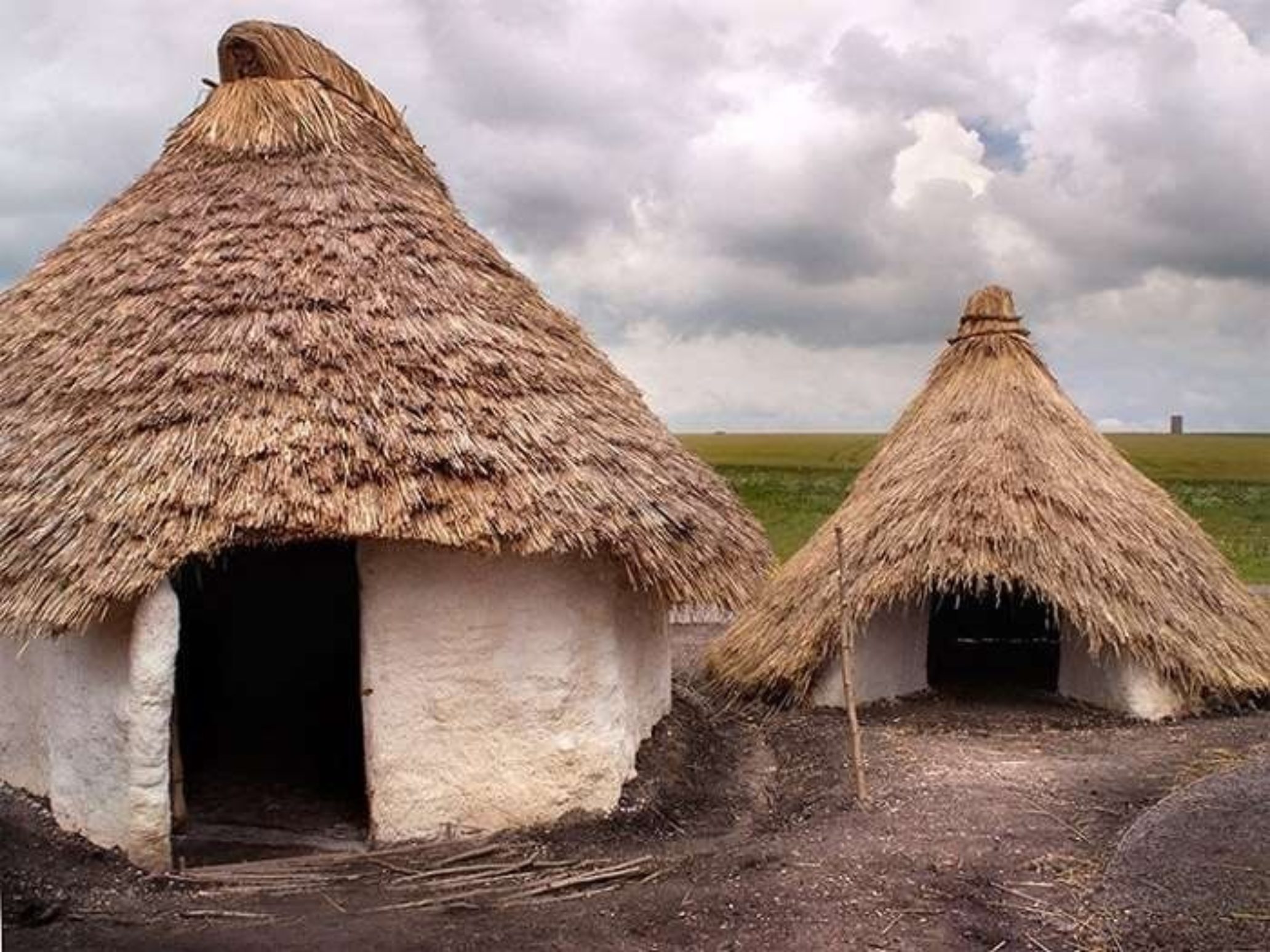
Reconstructed houses at Stonehenge, England
There are many different types of prehistoric houses across the world, and it depends what resources the inhabitants had, what the climate was like, and of course, how long ago it was: generally speaking, houses became more substantial as people stopped roving the countryside hunting animals and gathering crops, and, instead, they started to farm crops and look after domestic animals like cows and goats.
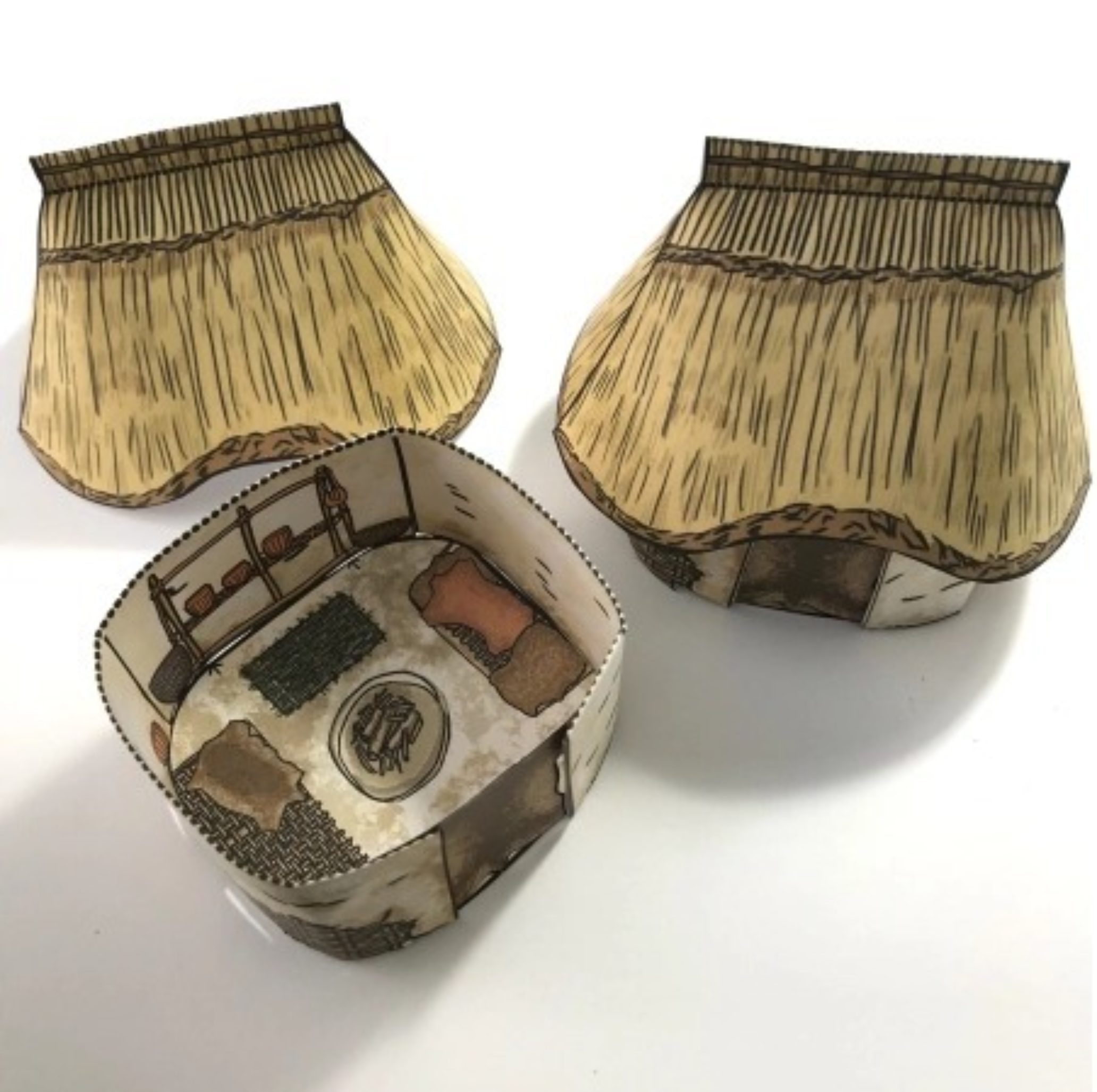
Next up we have something really cool and mysterious - archaeologists still don't really know what they were used for...
They're called 'Souterrains', which comes from the French word for 'under' - sous, and terrain which means 'ground'. So where do you think you're most likely to find these structures? That's right...underground!
These structures are essentially long corridors, built from stone, often zig-zagging slightly. One of the best preserved souterrains can be found deep in Borgie Forest in Sutherland - Cracknie Souterrain.
You can see a great wee video of Cracknie souterrain here:
And here's CBP's Kenneth being eaten by the souterrain! You can see CBP's adventure to Cracknie here in this short video.
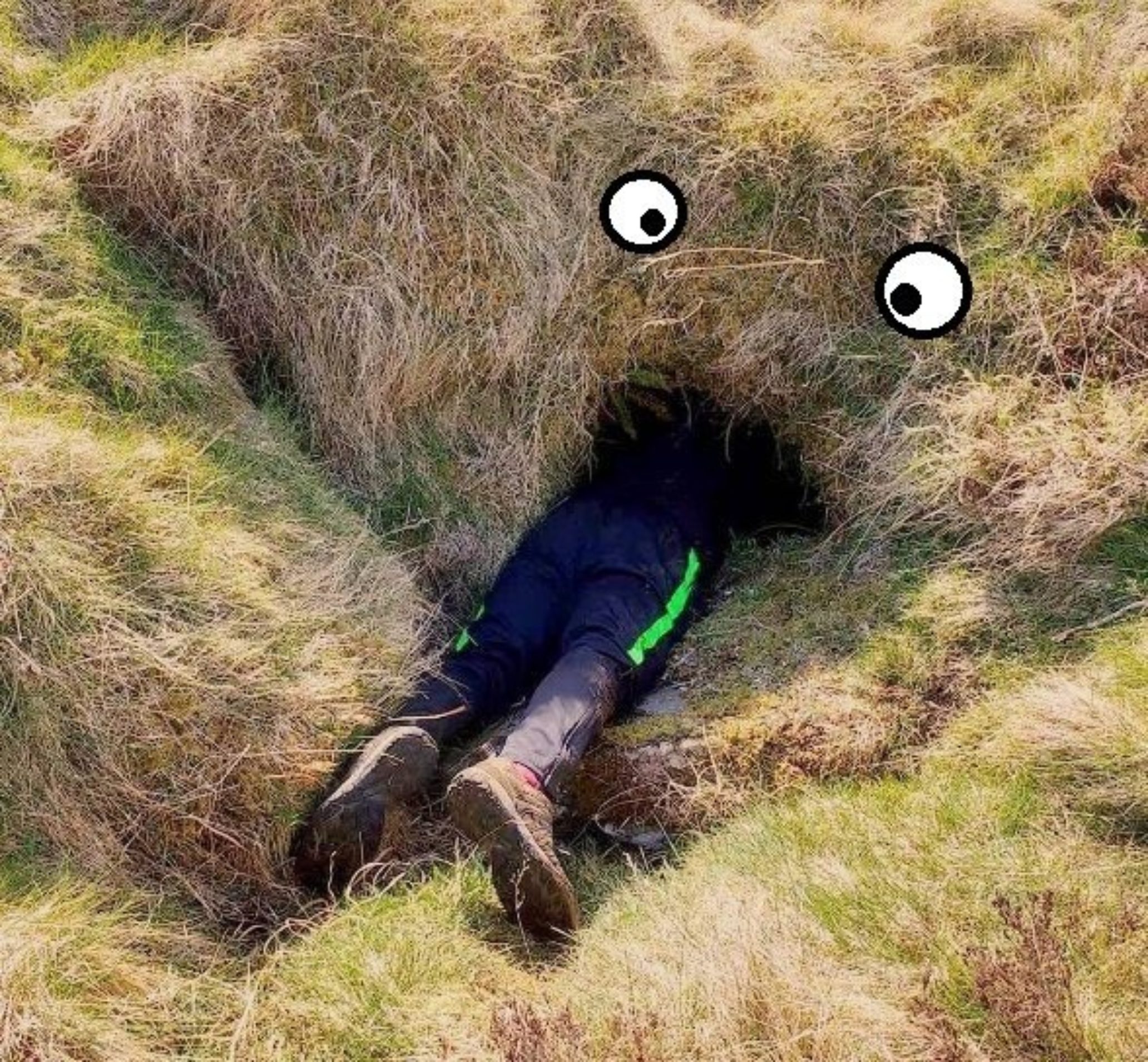
Souterrains have been found near or connected to brochs, too. A notable example is at The Cairns Broch in Orkney (below).
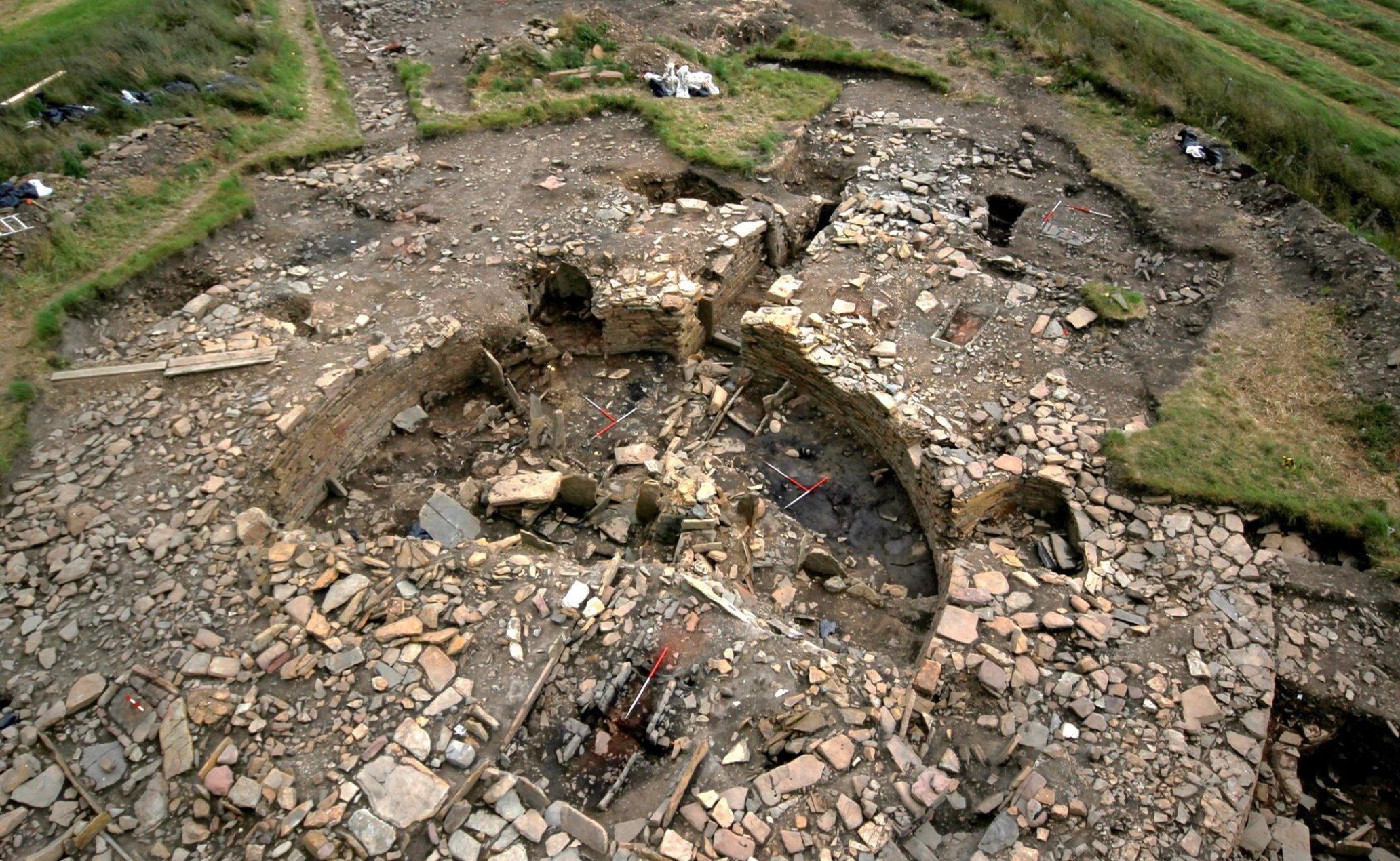
Archaeologist's still debate about what they were used for - what do you think were kept in
souterrains? Do you think it was food? It's nice and cool in these structures so would keep food fresh. Or maybe it was some sort of prison! It's scary in there, that's for sure!
So, are you ready to make your own Cracknie souterrain?
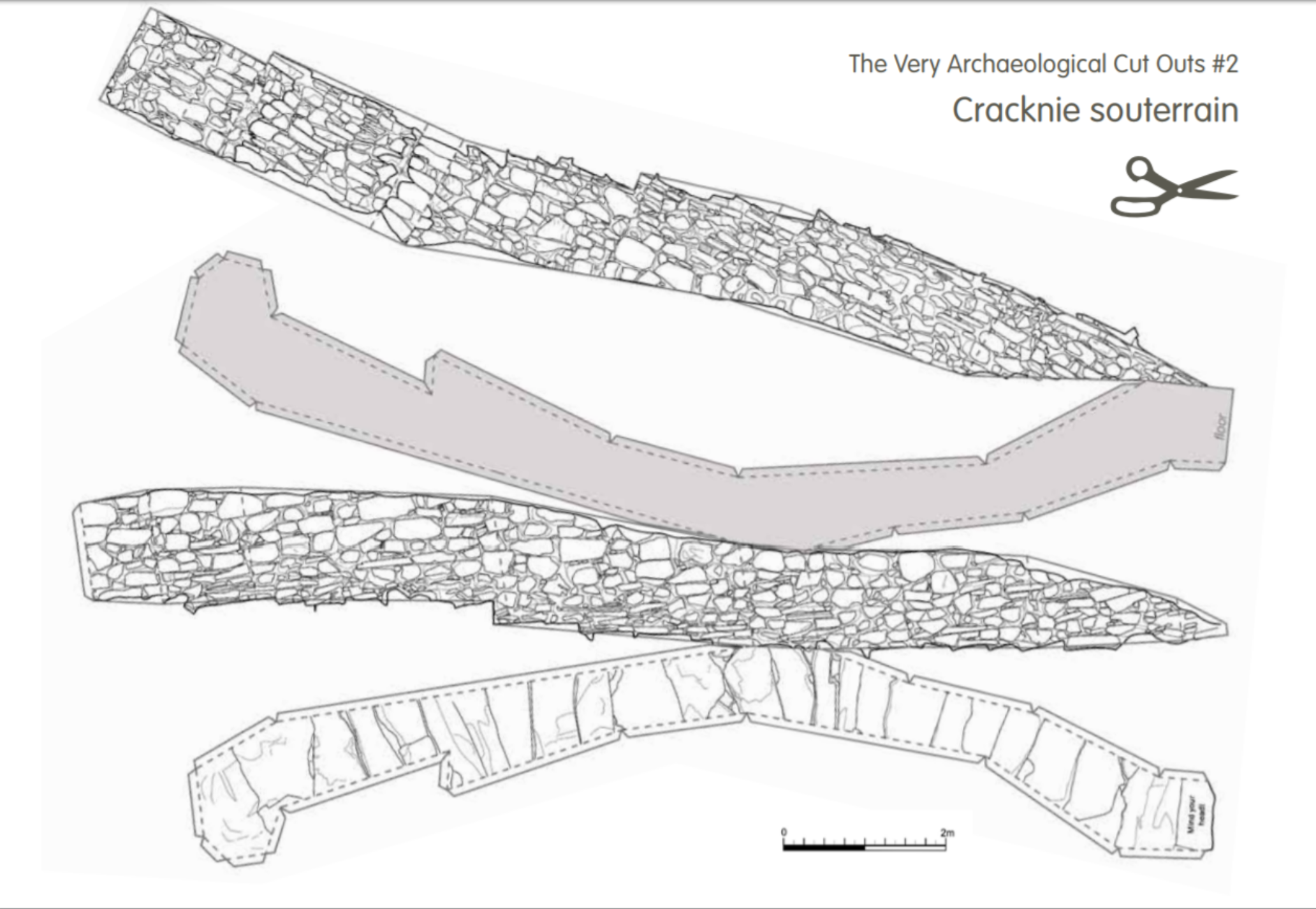
Just click on this link below and skip to page 43! But please do read through the rest of the brilliant publication put together by Matt Ritchie of Forestry Land Scotland (it may leave you pining for the outdoors though!)
So once you've made a few cut out houses and maybe even a wee souterrain, you'll need to bring it to live. And what better way to do that than with a full-scale Viking invasion!!
Vikings came to Scotland some time around the early 9th century AD, when most of Scotland was inhabited by 'Picts' and Gaels from Ireland. Many of them still lived in houses similar to the wattle and daub creation you made, but now they were made from stone. The remains of these stone buildings can be seen throughout the landscape, such as Wag of Forse in Caithness:
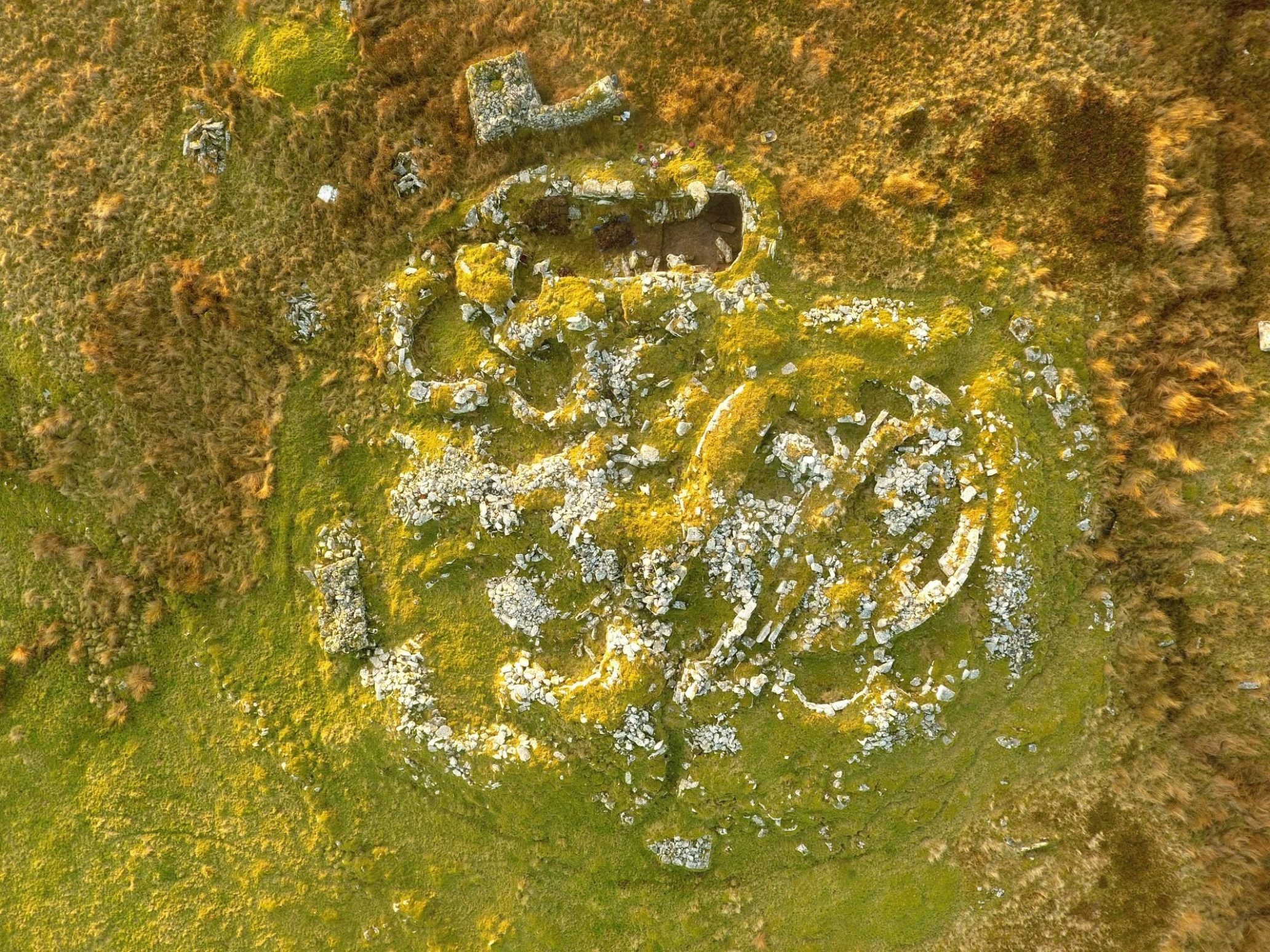
Wag of Forse Aerial image by the Northern Picts project
Can you see the round building? This might, at one point, have been a broch!
So, you might want to update your village a little bit - maybe you can design your own cut-out stone building? If not, you can look at the Young Archaeologists' Club 'mini roundhouse' instructions, and maybe add a few stones to your design?
Back to the Vikings, though. The Vikings came over in huge, impressive 'longships', all the way from Norway. That's over 300 miles across the rough and dangerous North Sea!
To make your own longship, just follow the link below, colour in the ship and cut it out.
Make your Viking ship now!
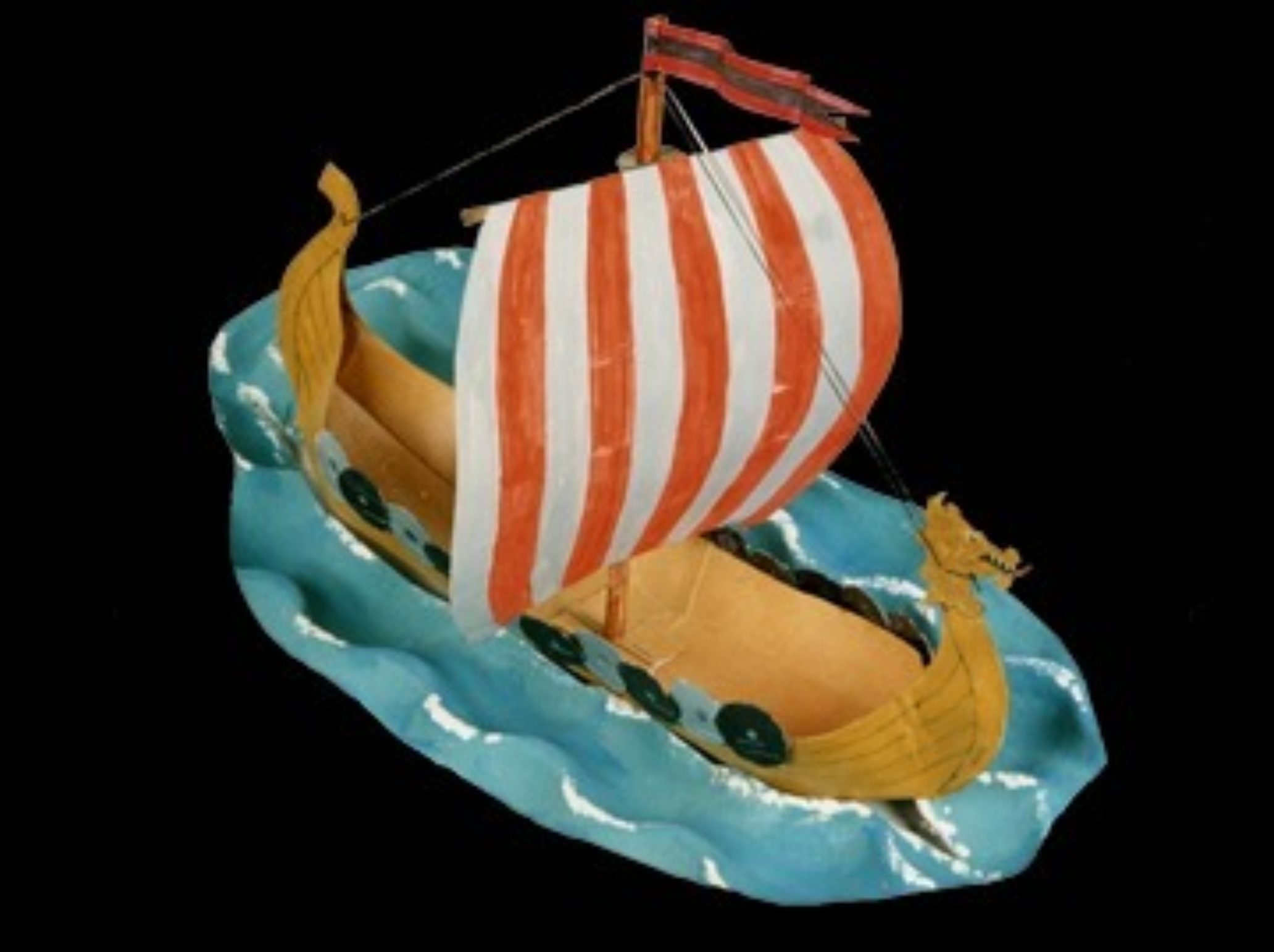
Happy creating carnage, everyone.